Produced on the occasion of the 30th anniversary of the Leo Castelli Gallery on February 1, 1987. Revolving around the writings of Rainer Maria Rilke’s “Das Studenbuch”. Leo Castelli had a German-language edition of Maria Rilke’s book with him when he emigrated from Fascist Italy in the 1930s.
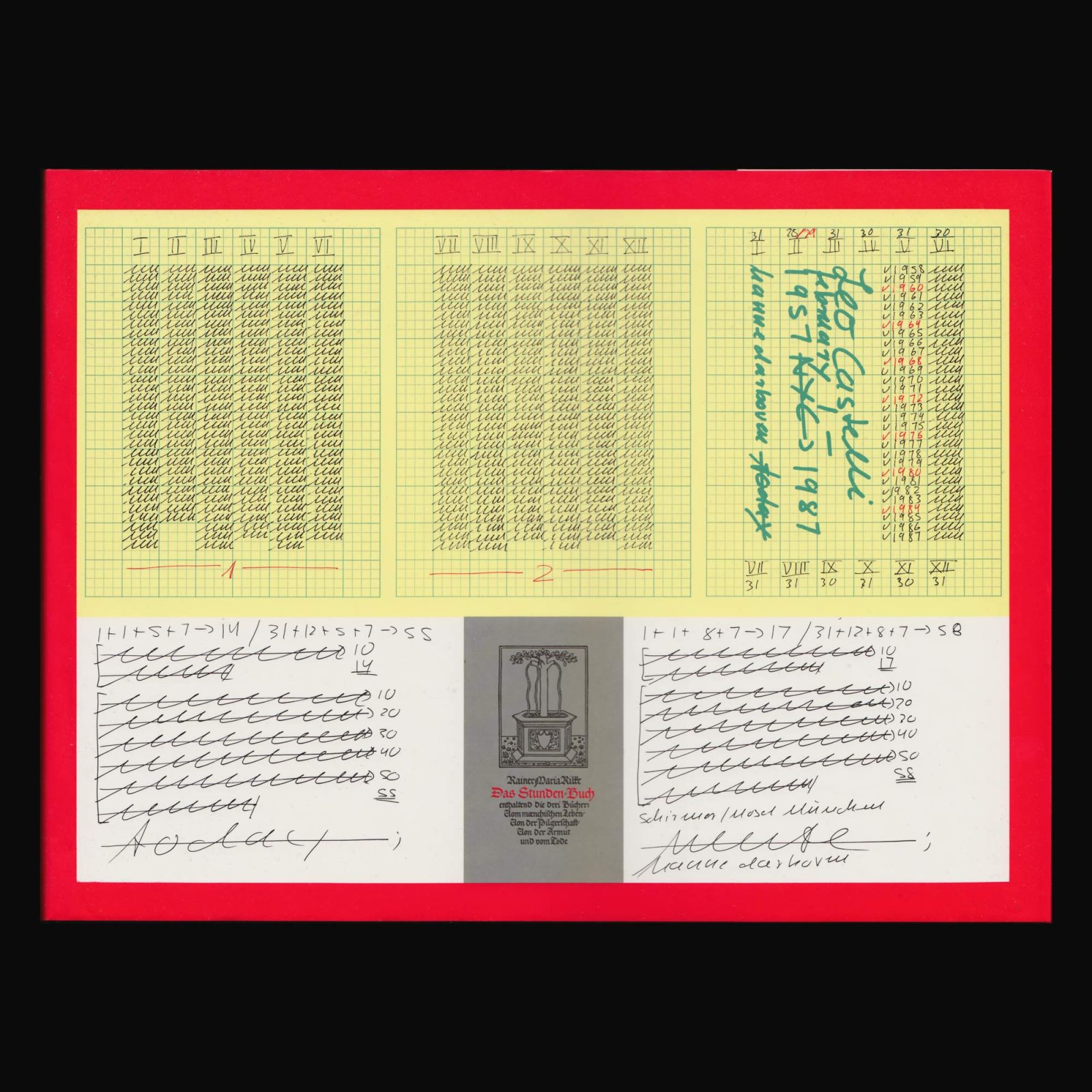


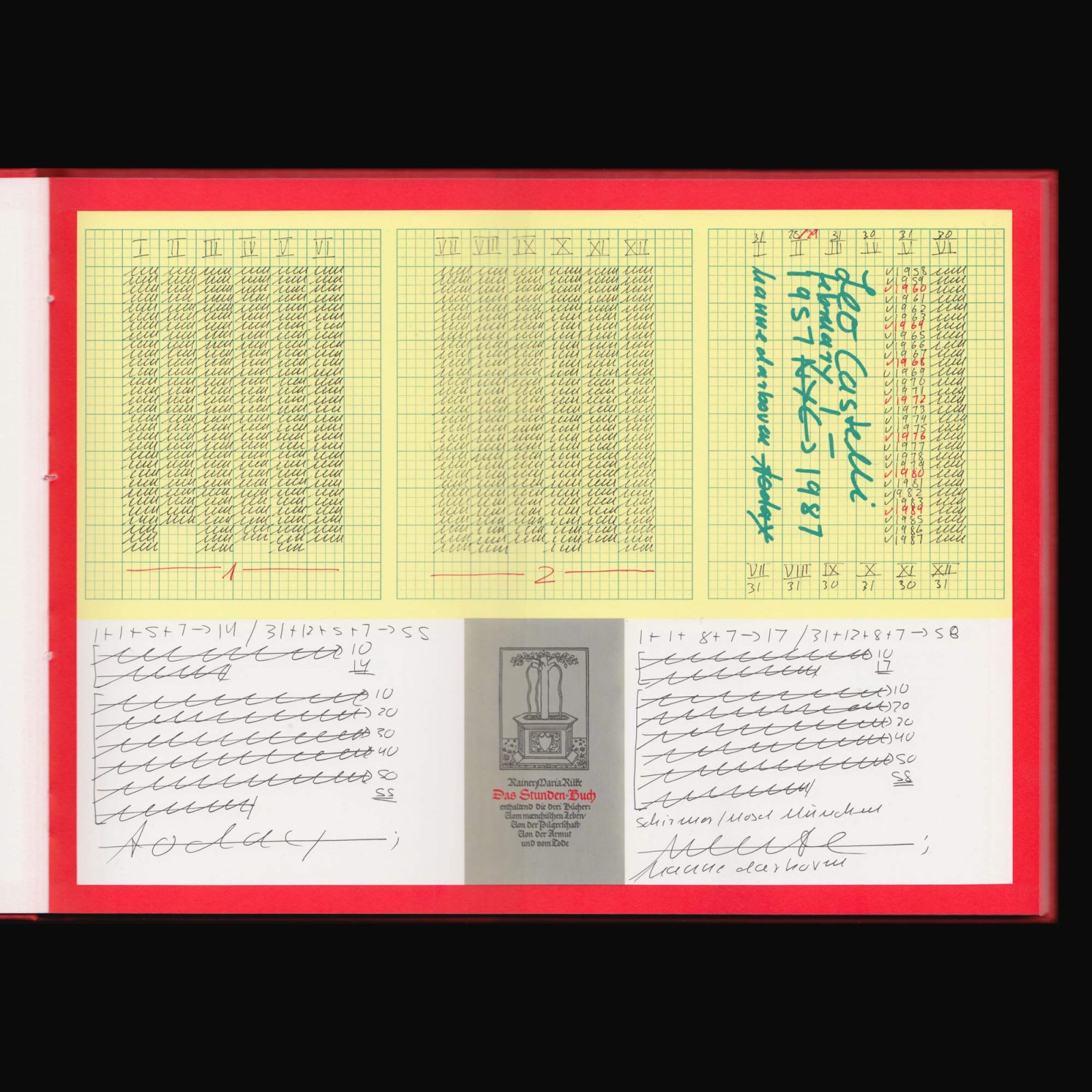
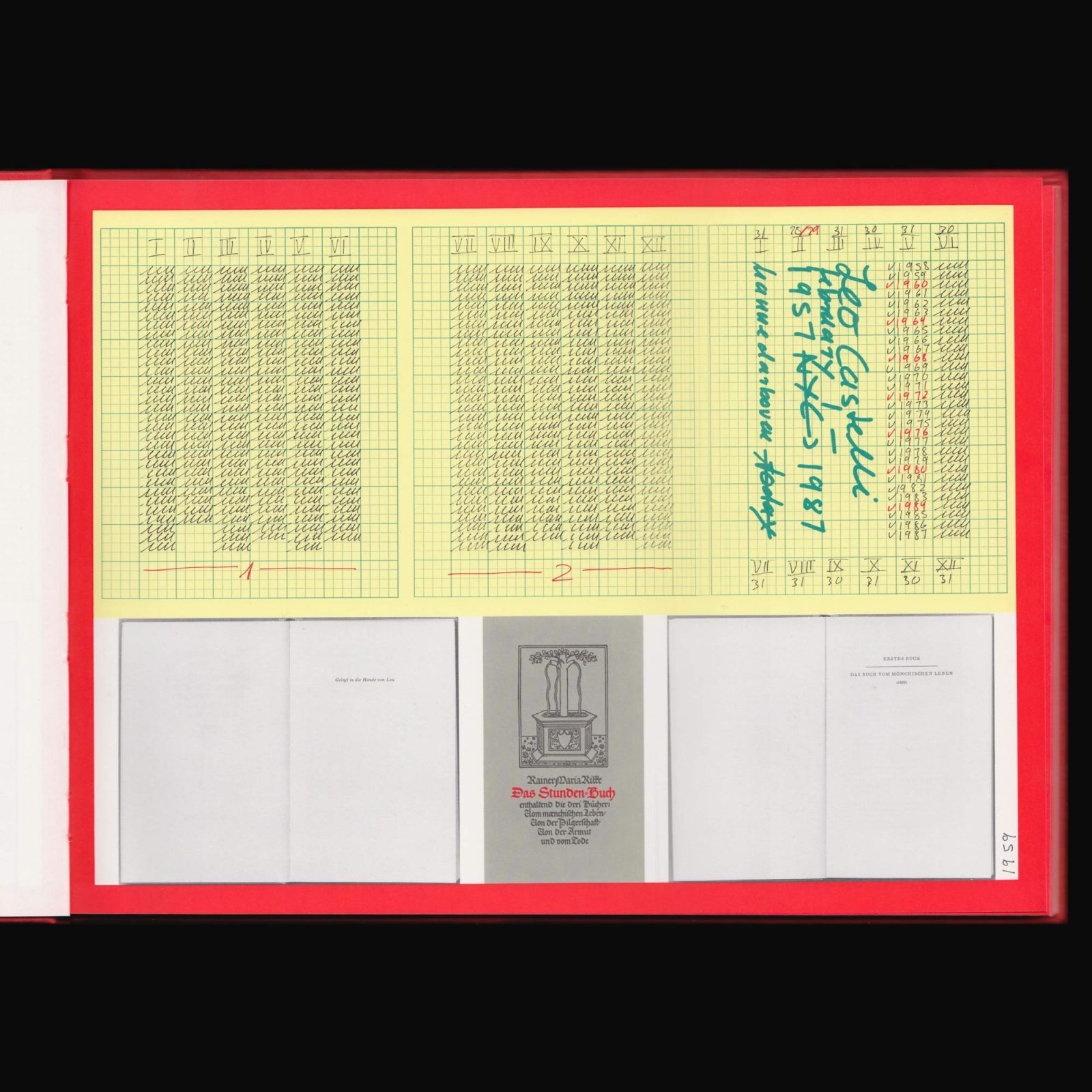
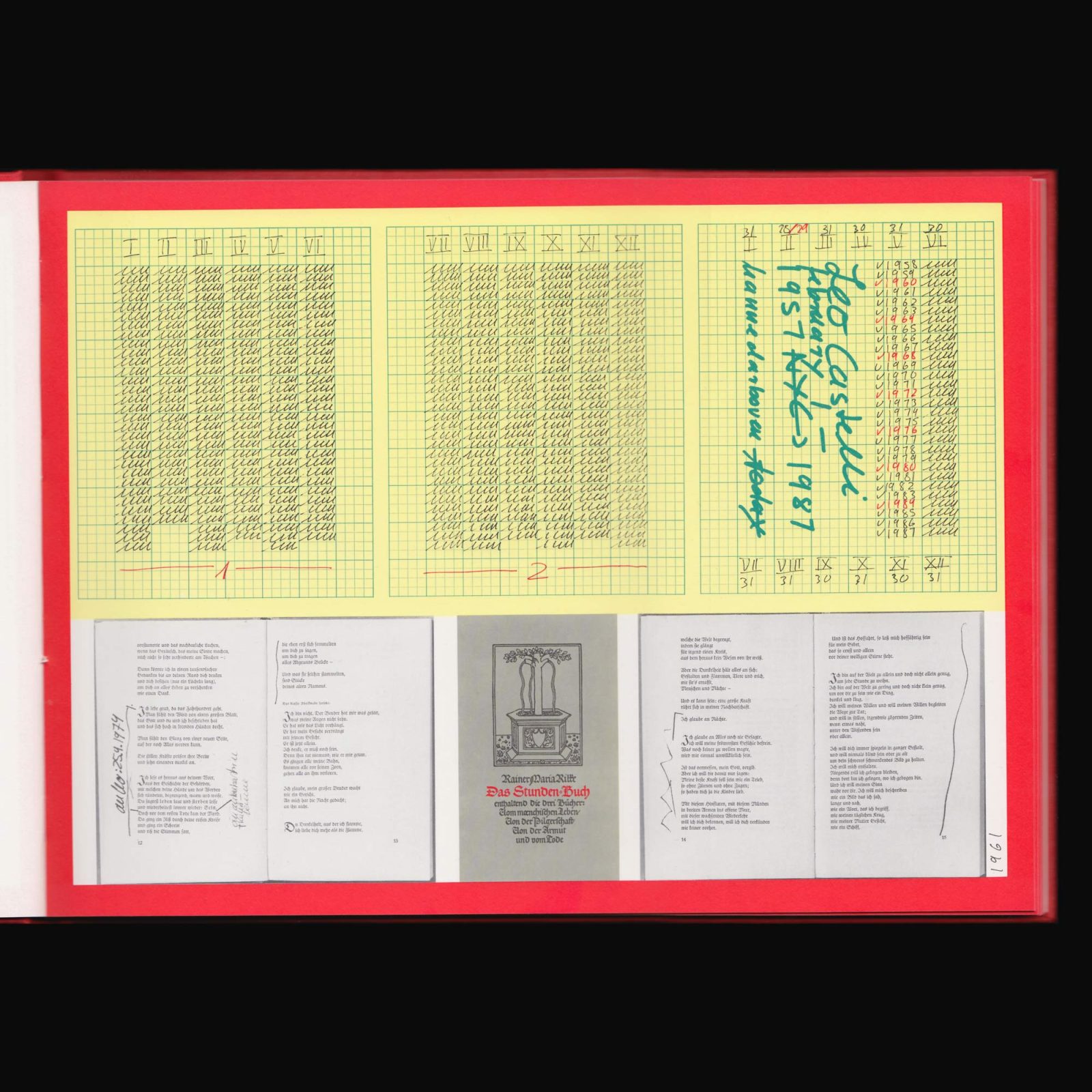
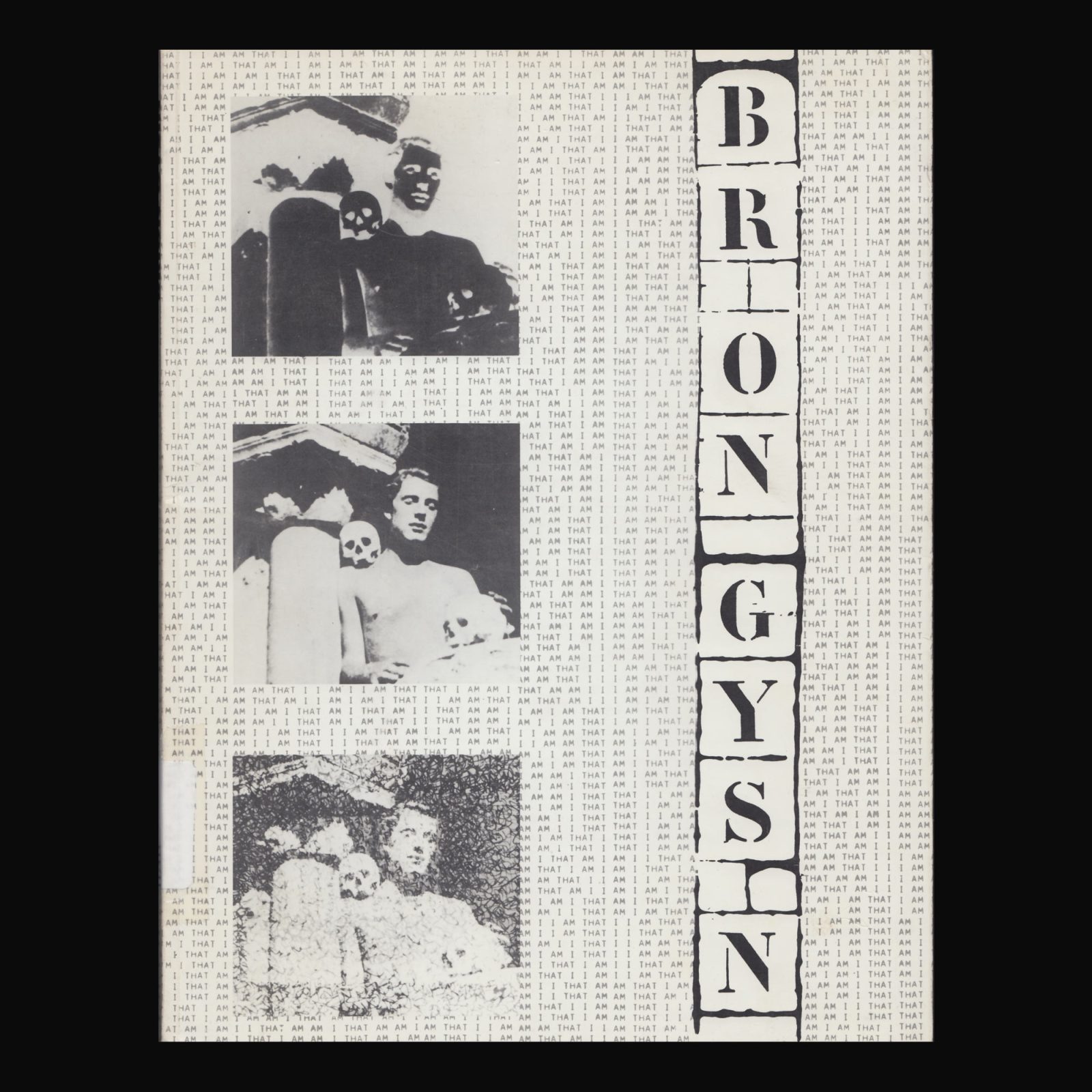
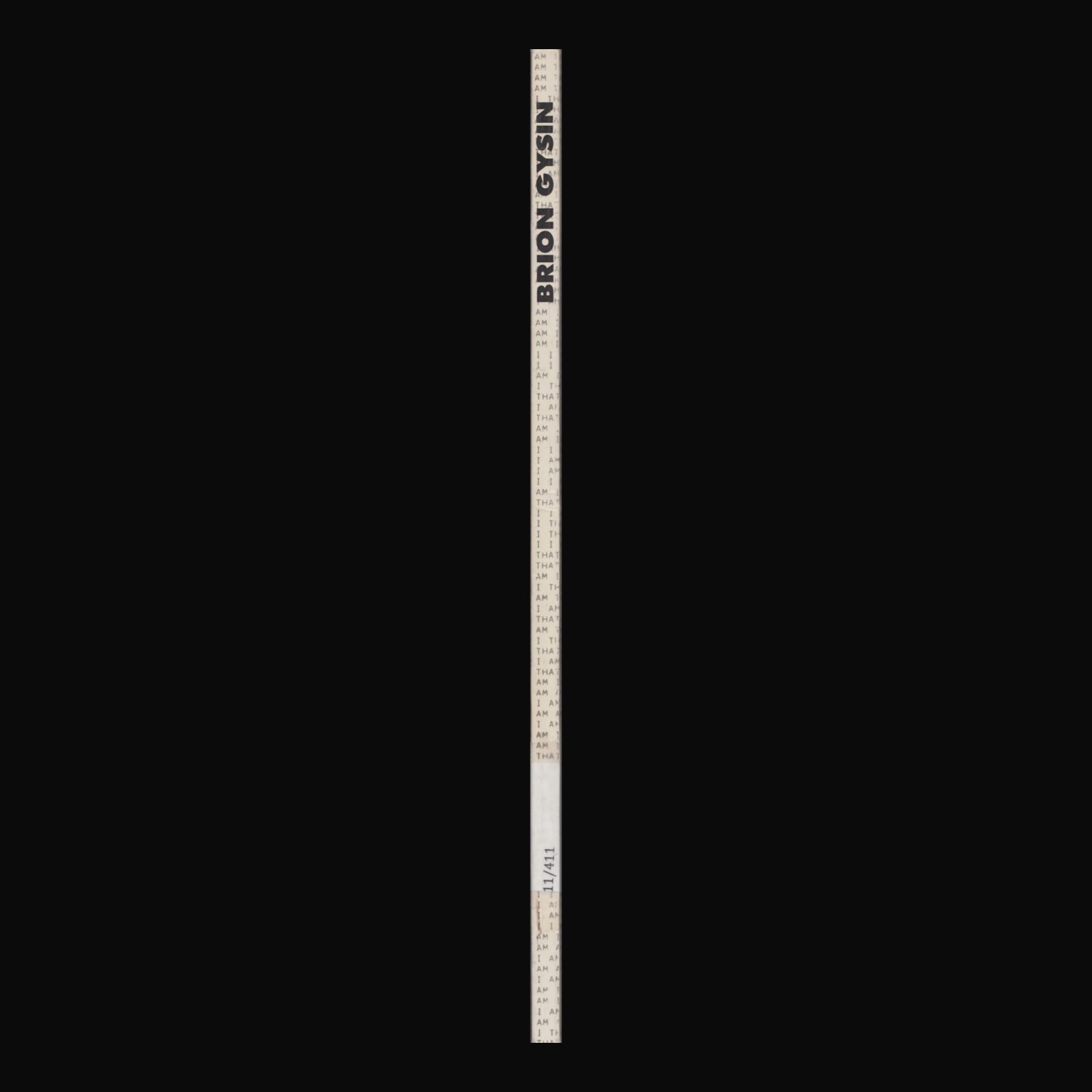
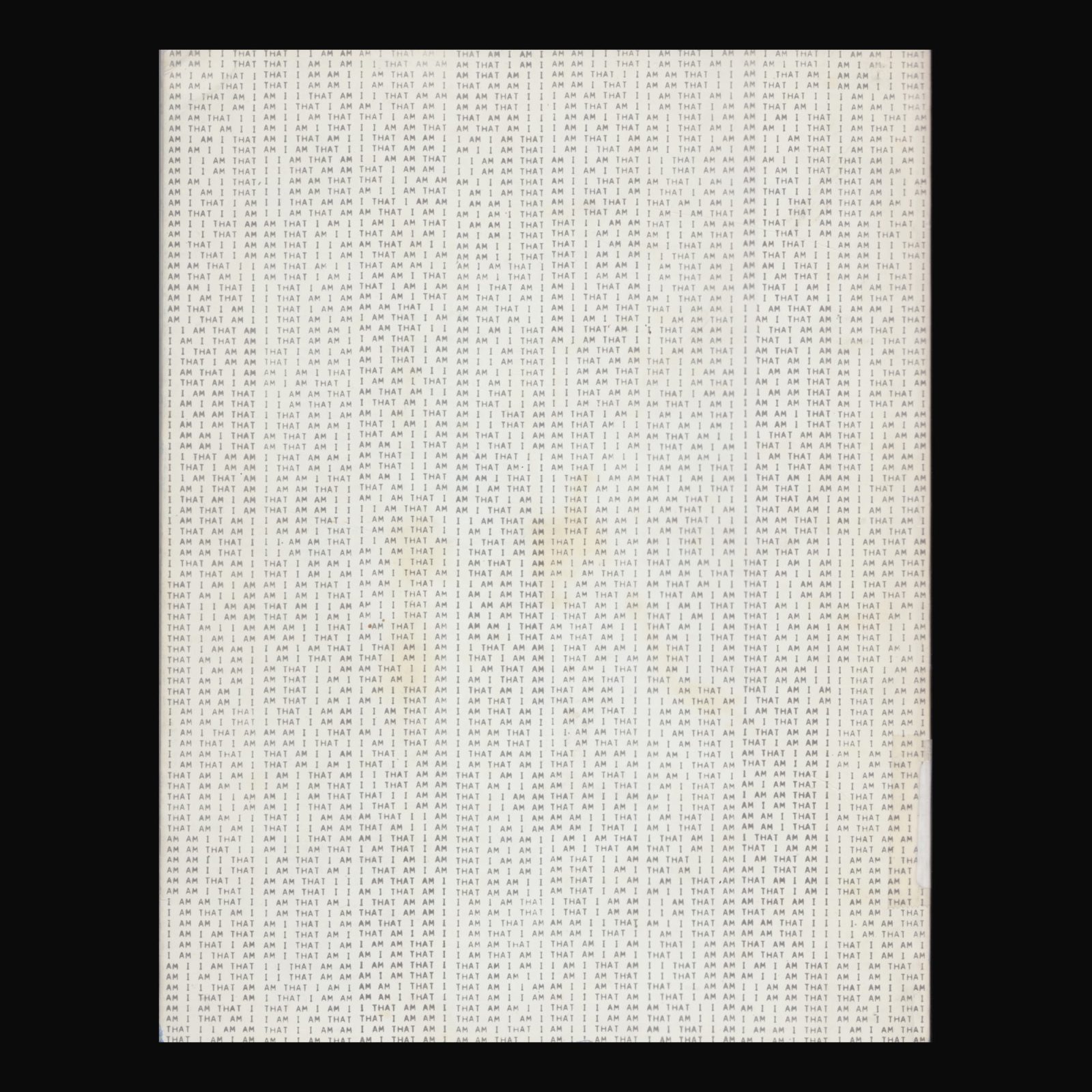
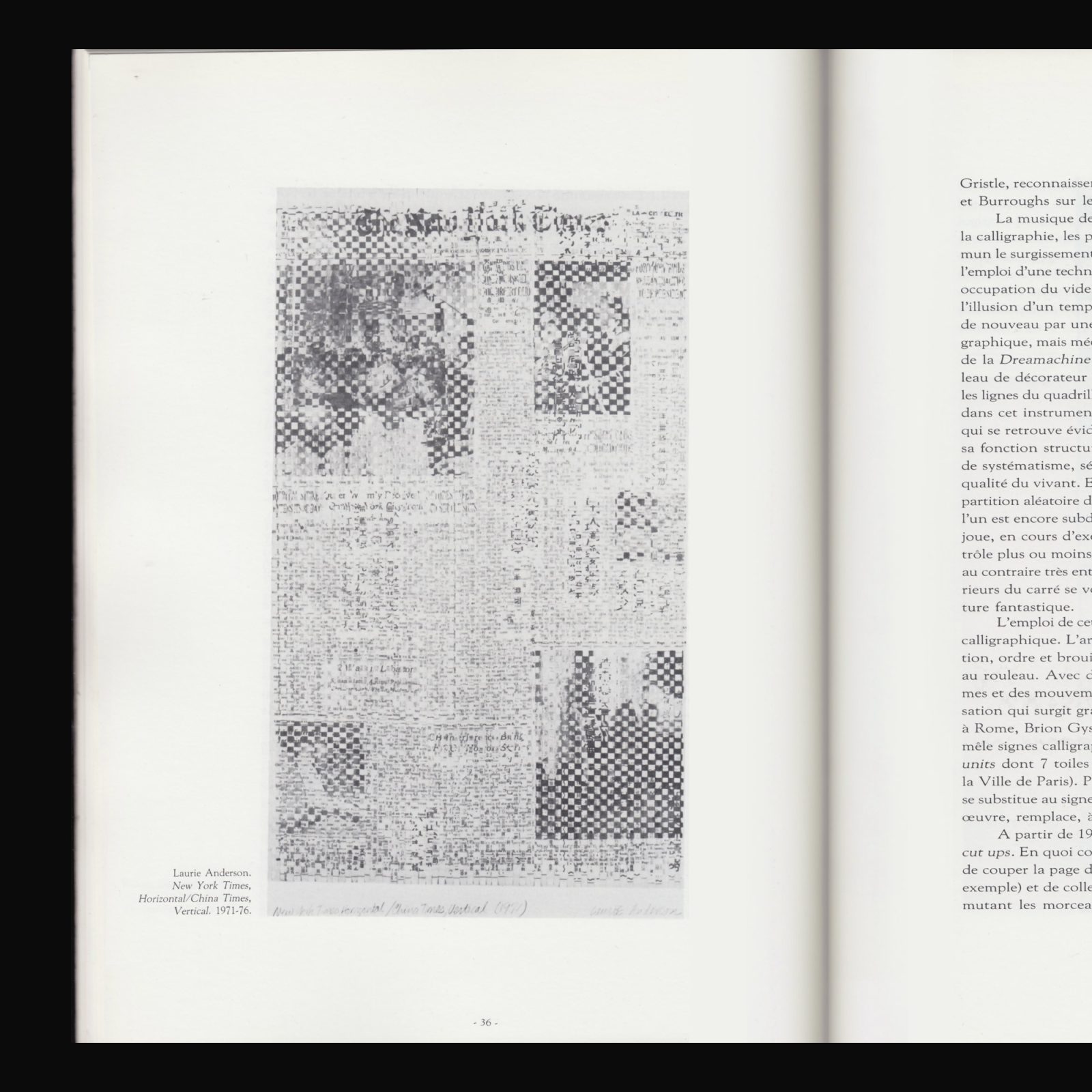
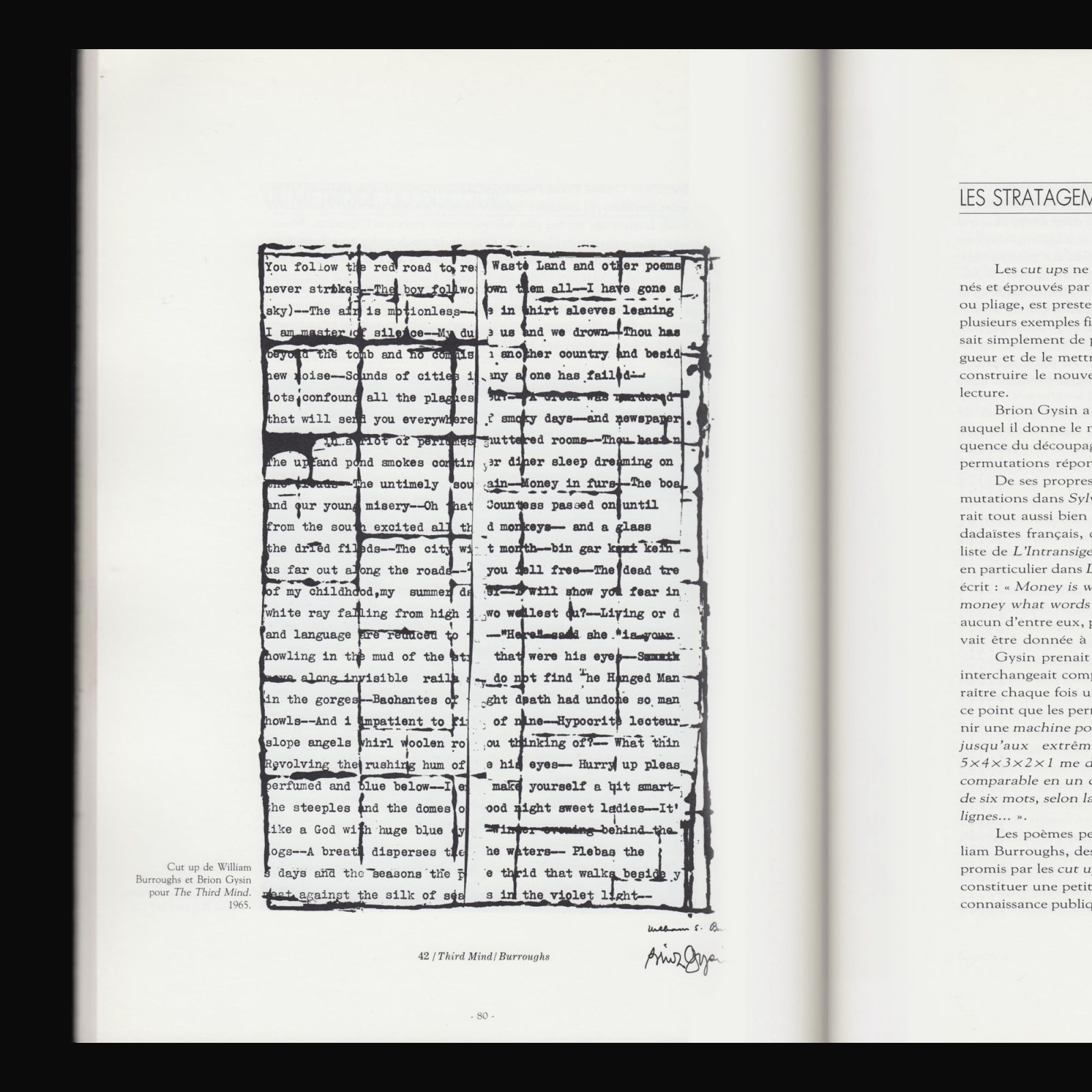
Produced on the occasion of the exhibition Calligraphies, Permutations, Cut Ups at Galerie De France, Paris, 16 December, 1986–17 January, 1987
Brion Gysin was a painter, writer, sound poet, performance artist and inventor of experimental devices born in Taplow, Buckinghamshire.
He is best known for his use of the cut-up technique, alongside his close friend, the novelist William S. Burroughs. With the engineer Ian Sommerville he also invented the Dreamachine, a flicker device designed as an art object to be viewed with the eyes closed. It was in painting and drawing, however, that Gysin devoted his greatest efforts, creating calligraphic works inspired by cursive Japanese “grass” script and Arabic script.
*Please note this publication is secondhand and has some traces of previous ownership, including library stamps and stickers.
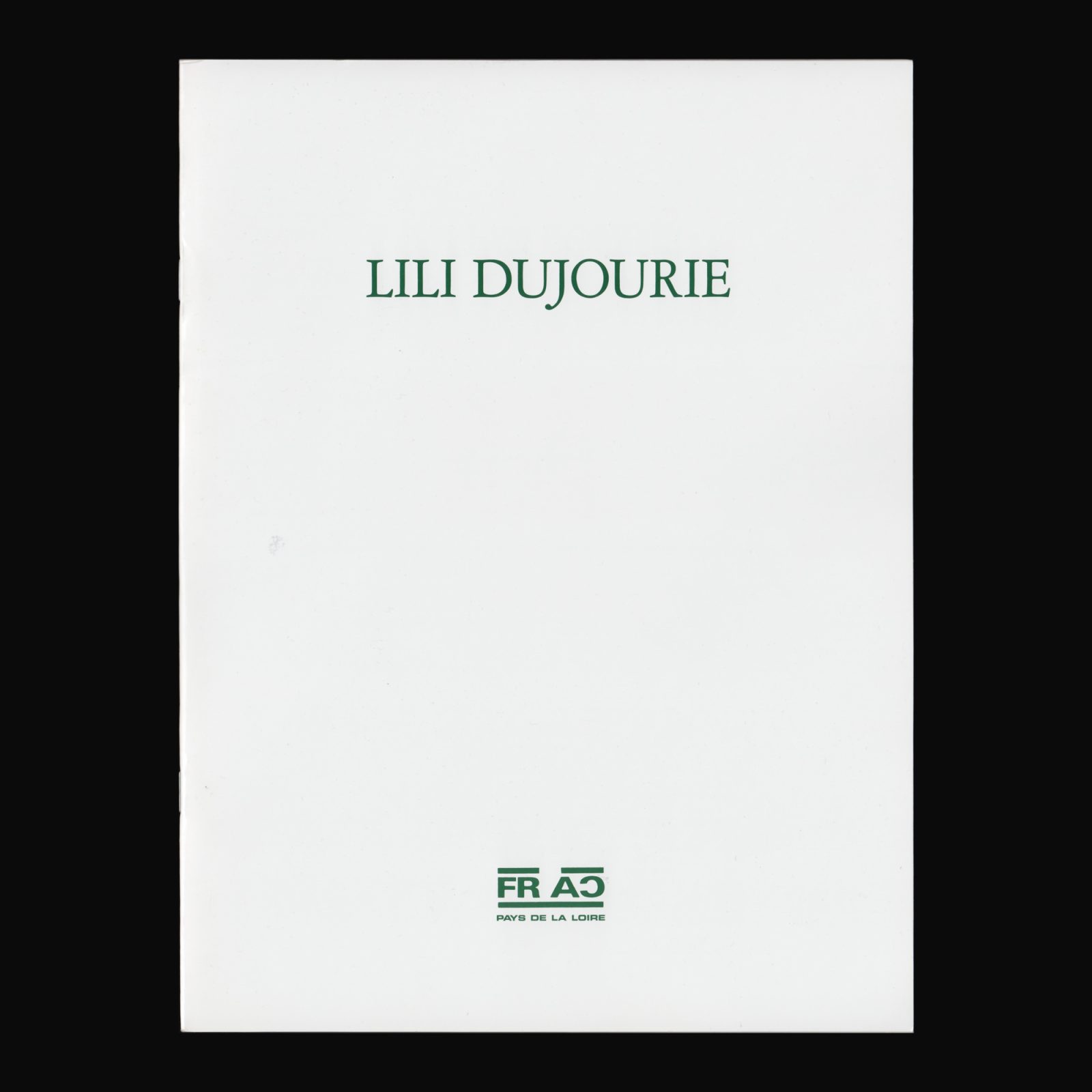
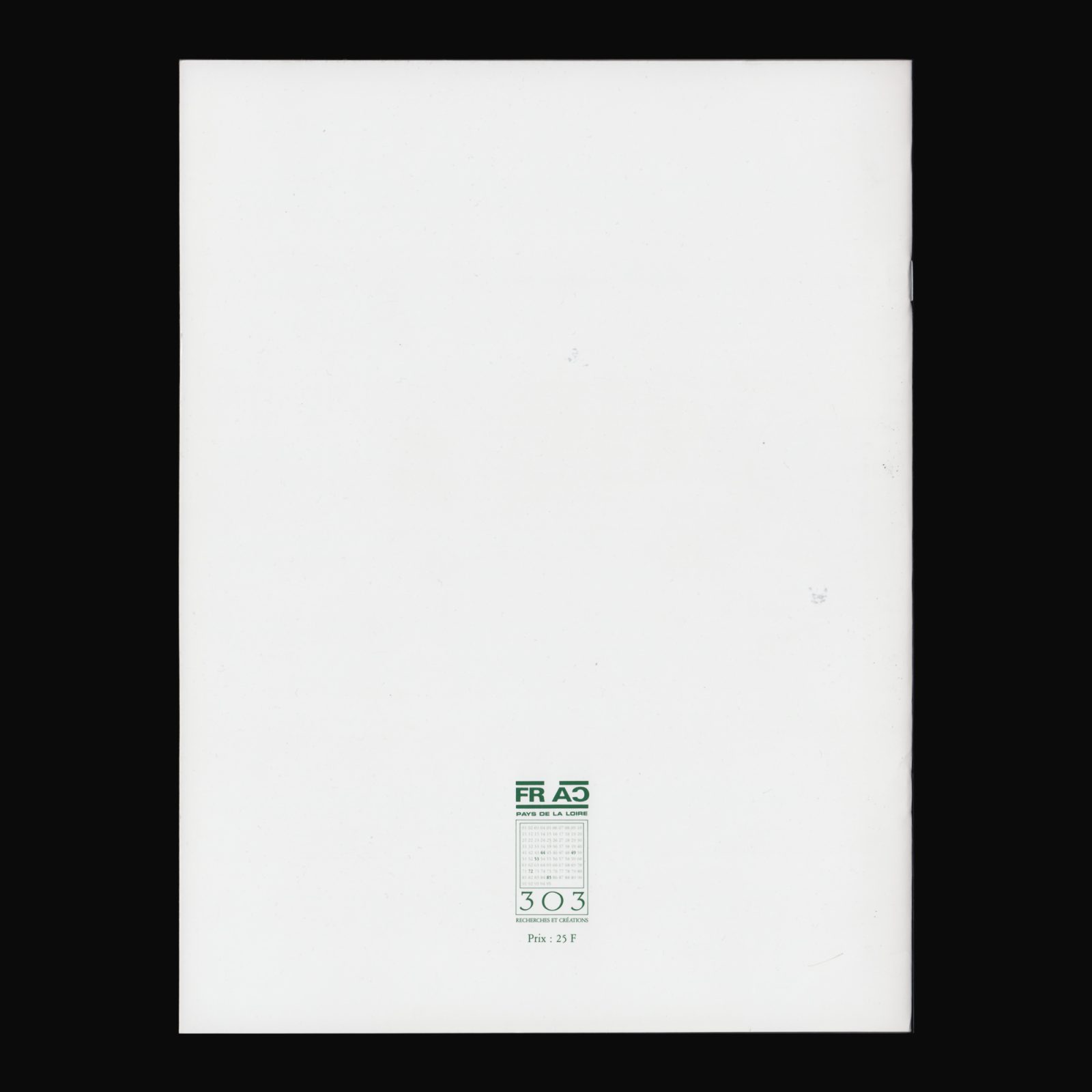
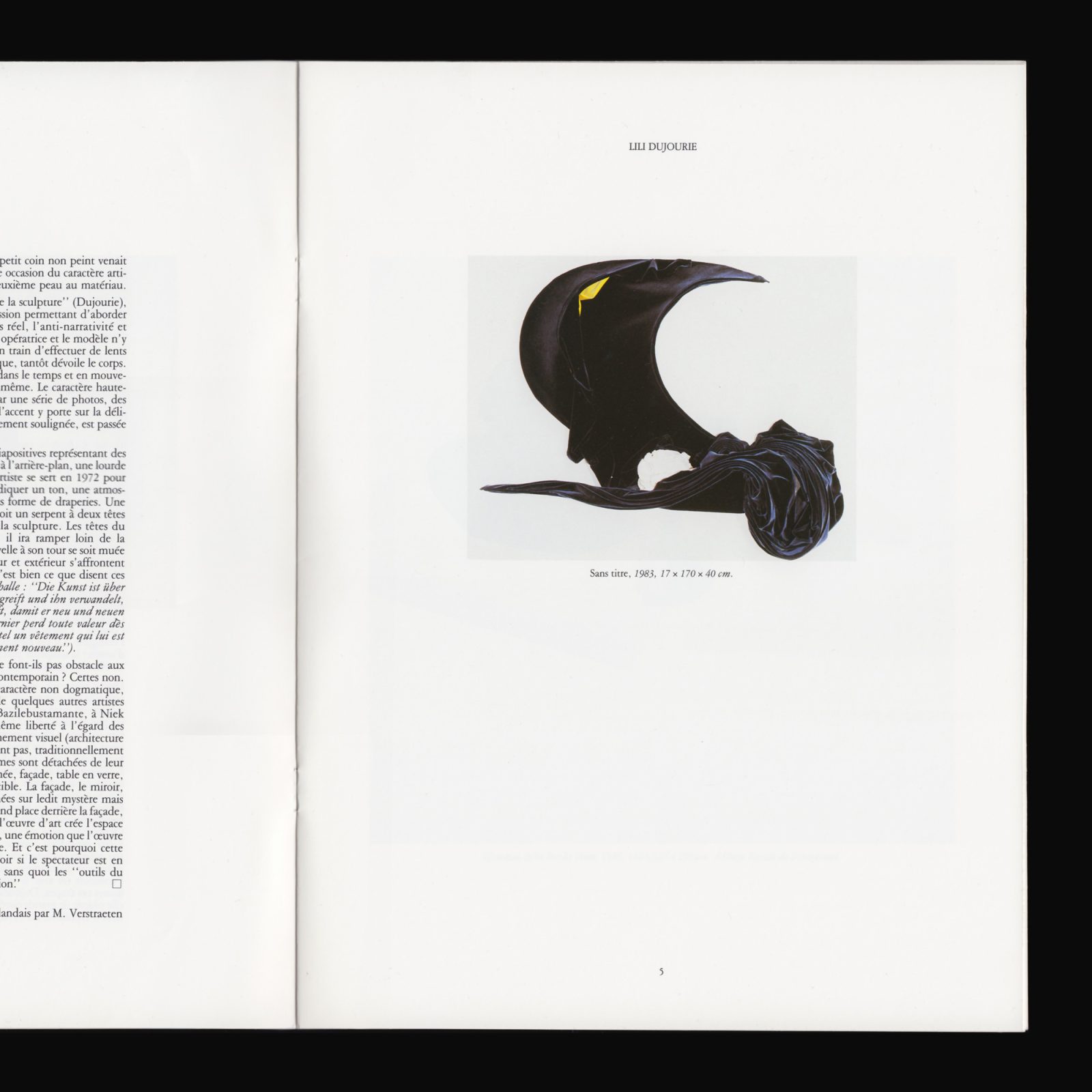
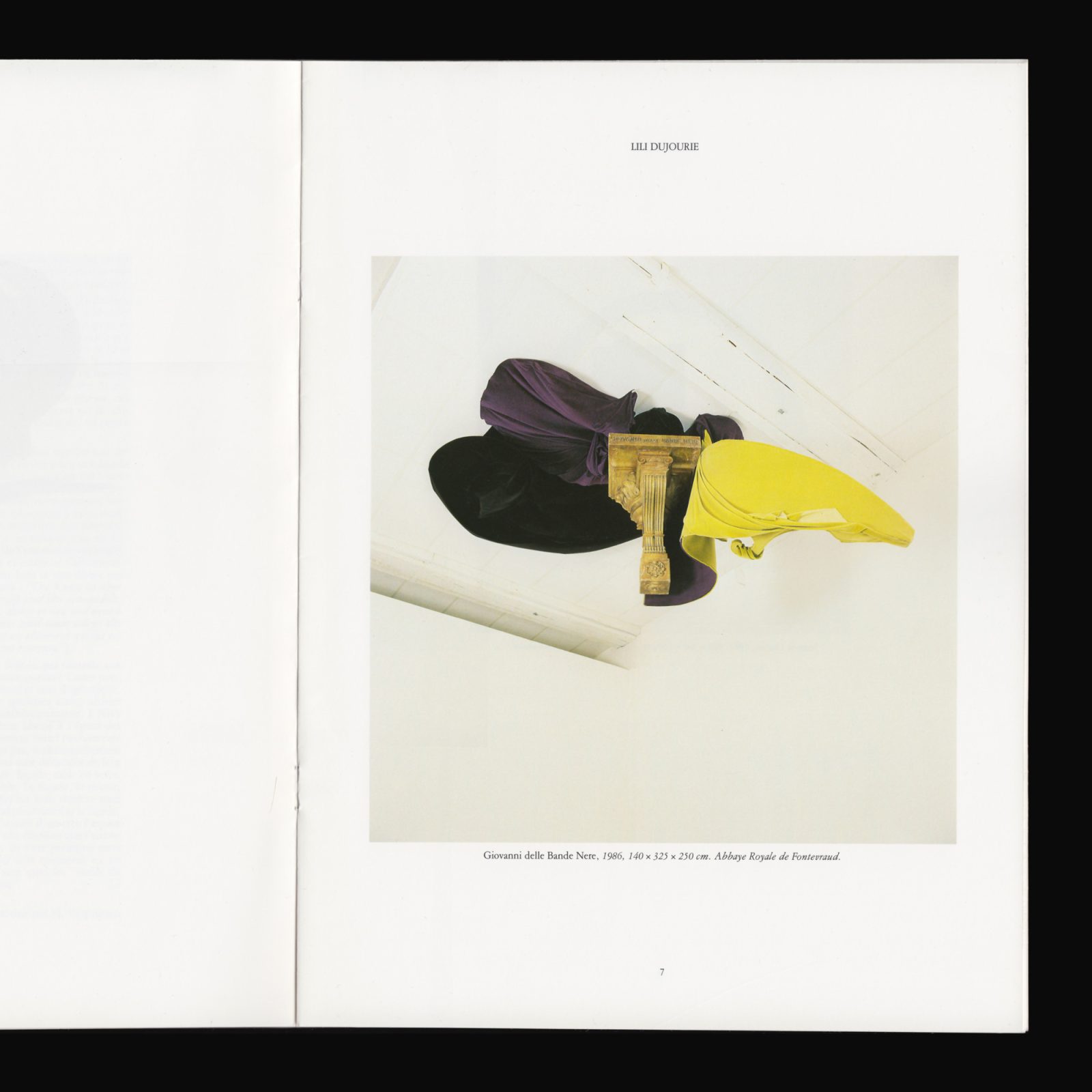
Produced on the occasion of Lili Dijourie’s 1987 exhibition at Frac des Pays de la Loire. With a text by Saskia Bos.
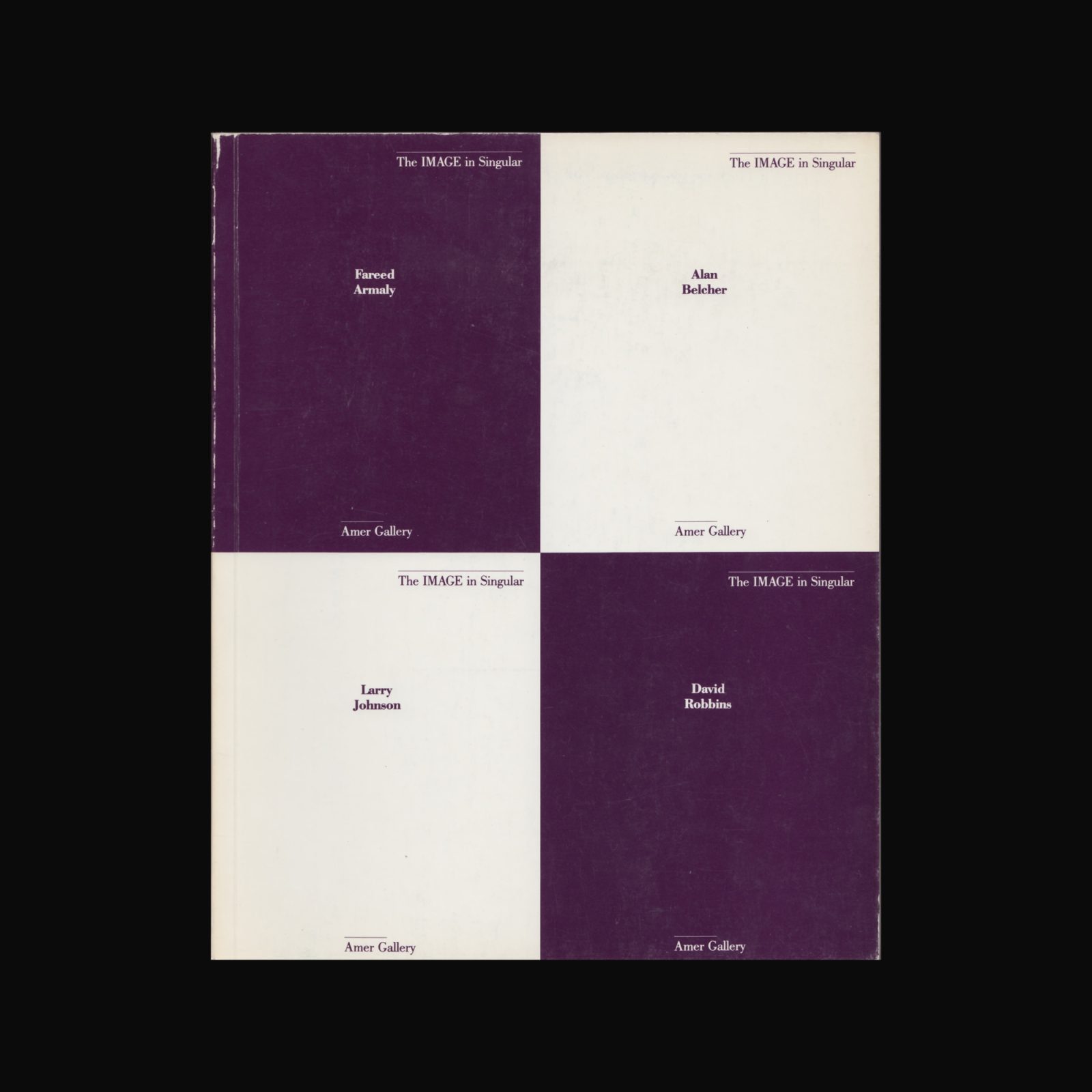

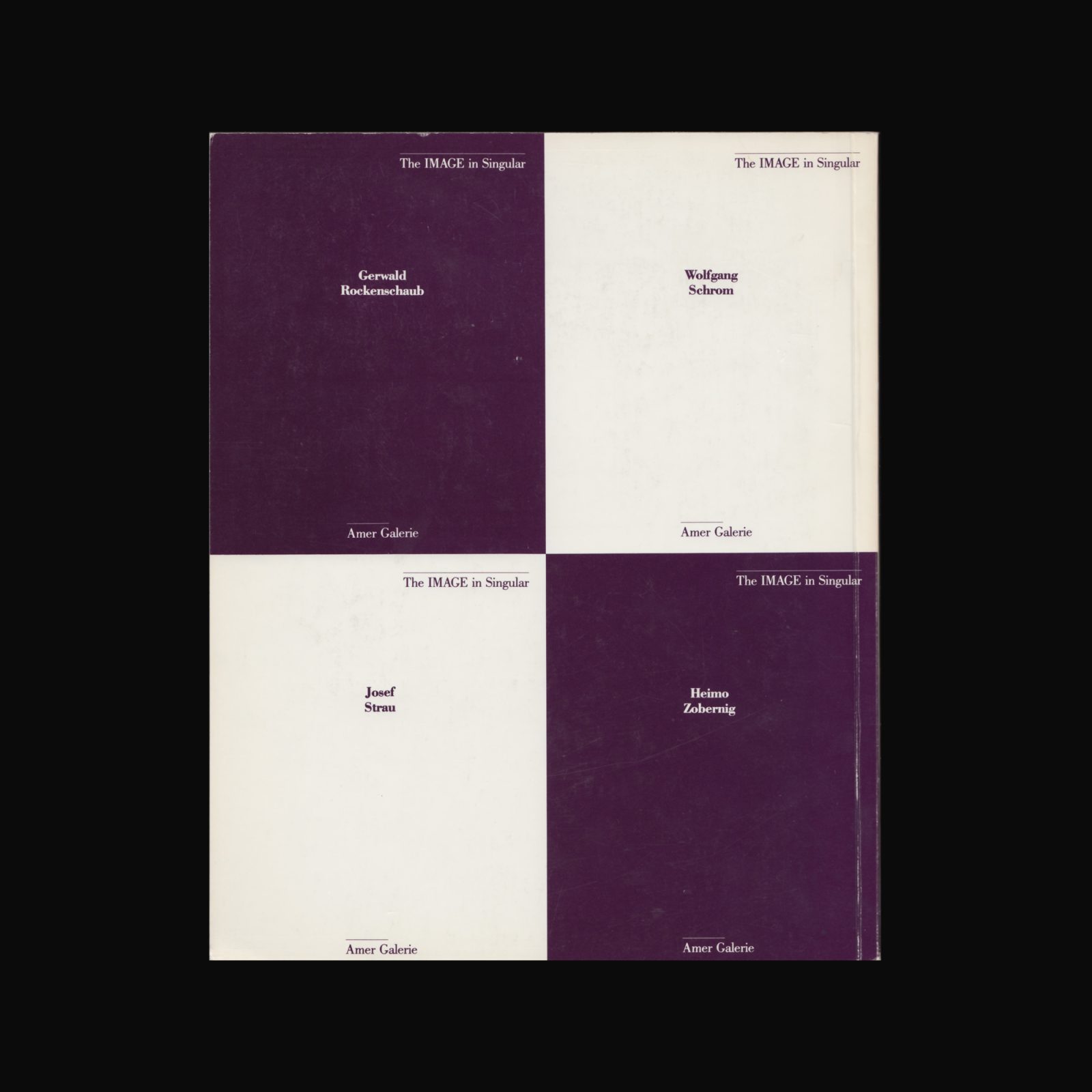
Produced on the occasion of the exhibition The IMAGE in Singular at Amer Gallery, Vienna, 27 October–28 November, 1987. Including the artists; Fareed Armaly, Alan Belcher, Larry Johnson, David Robbins, Gerwald Rockenschaub, Wolfgang Schrom, Josef Strau and Heimo Zobernig.
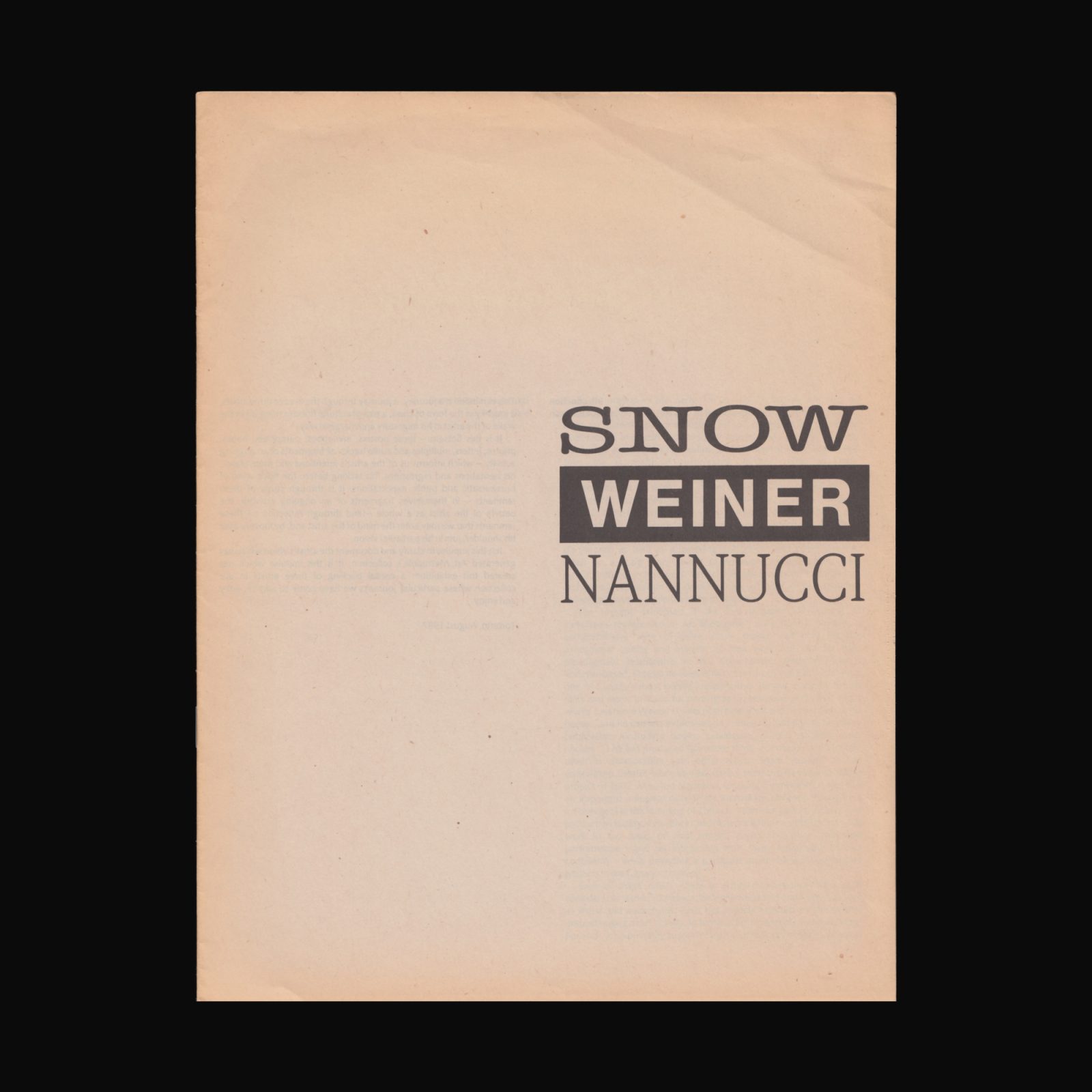
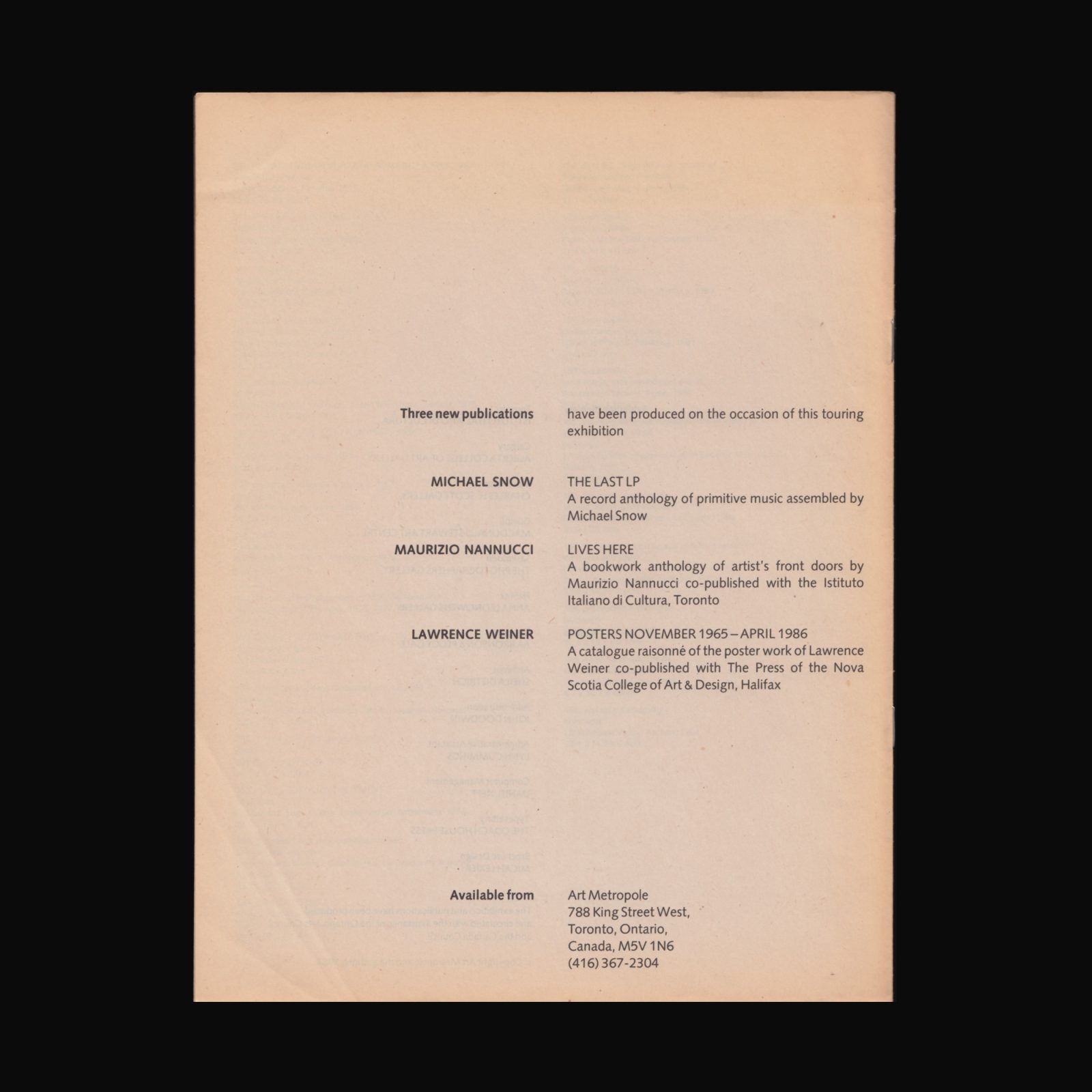
Exhibition pamphlet with essay by Peggy Gale and list of artists’ books, multiples and recordings from Art Metropole’s Permanent Collection: 22 works by Michael Snow, 108 works by Lawrence Weiner, and 36 works by Maurizio Nannucci. Introduction by AA Bronson.
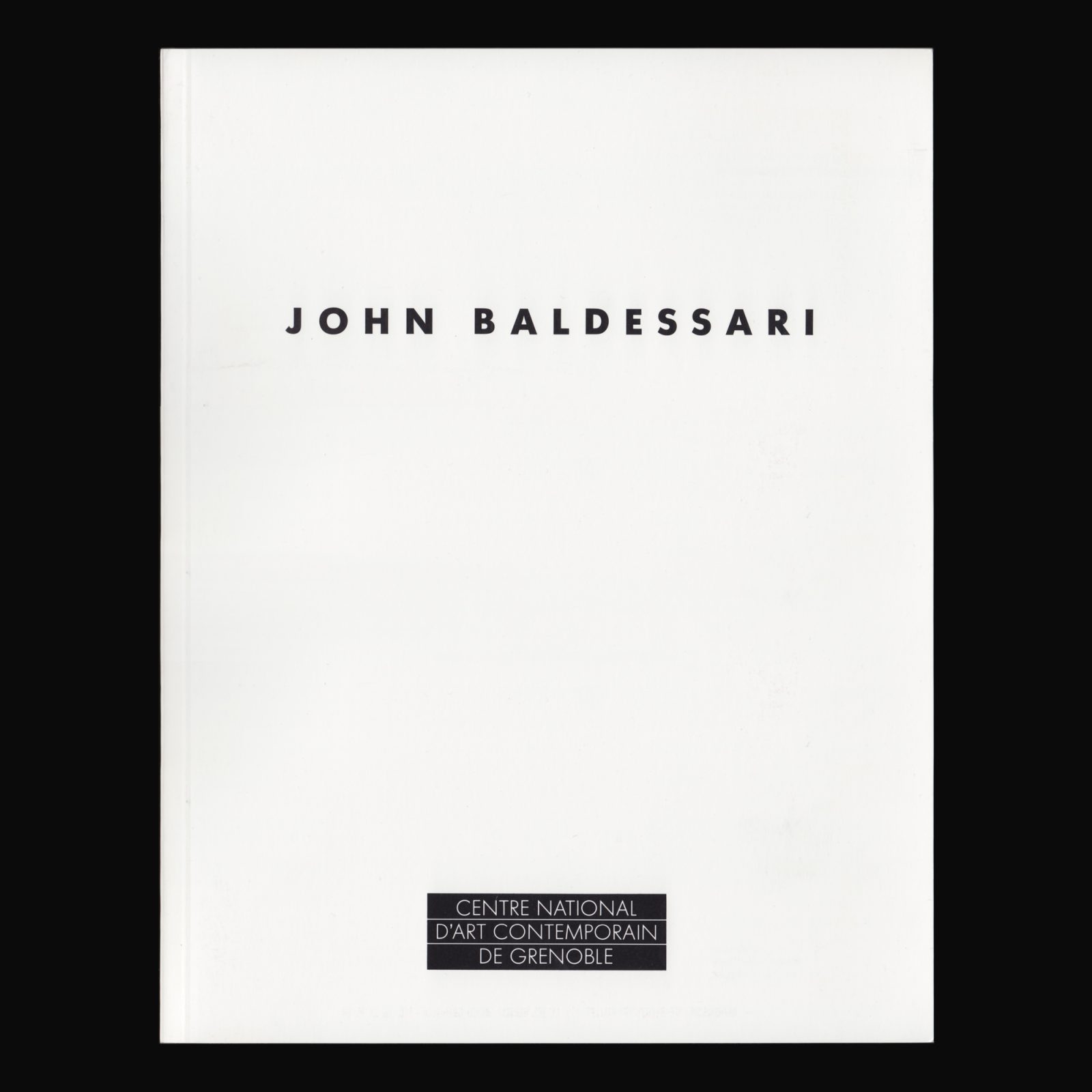


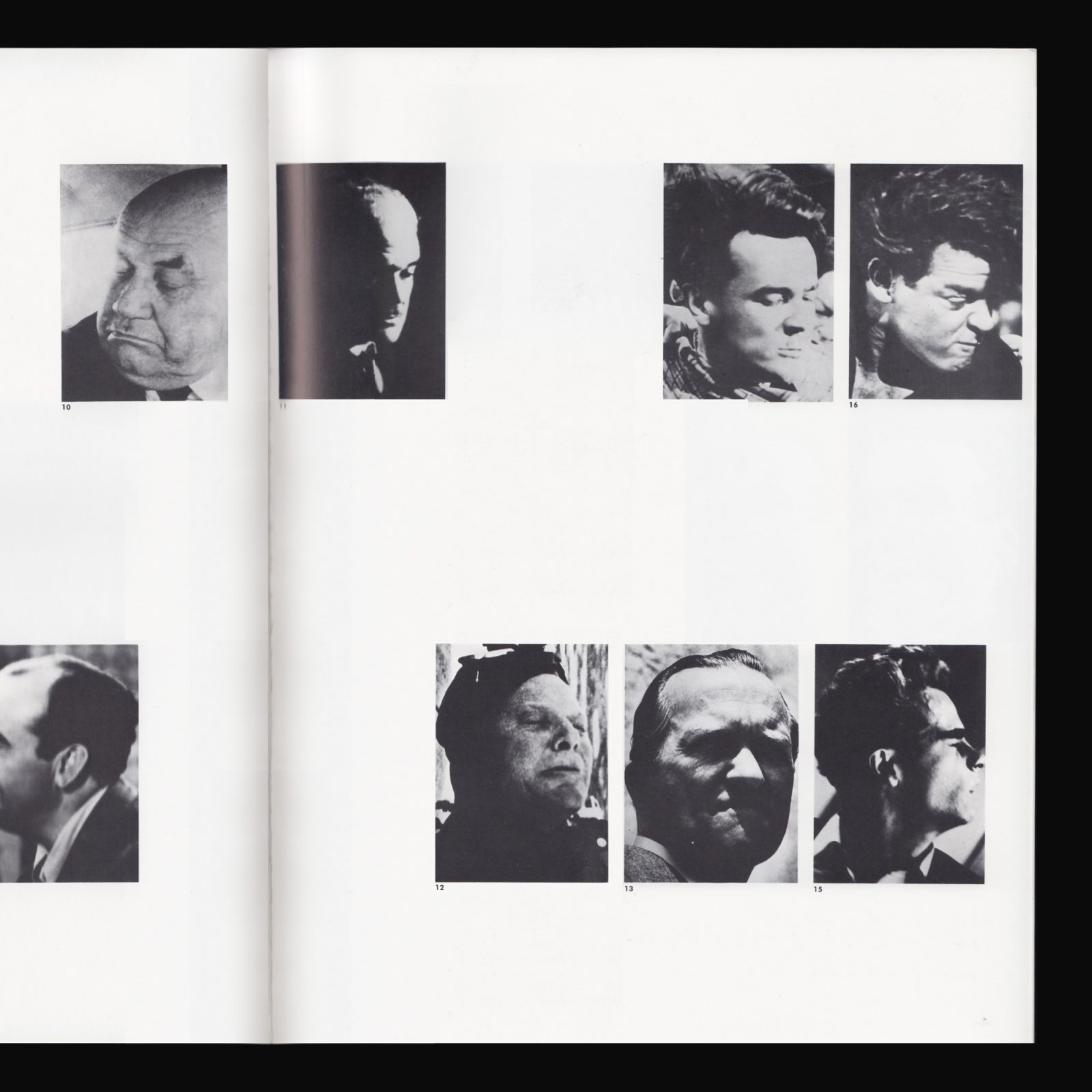
Produced on the occasion of the exhibition John Baldessari “Composition for Violin and Voices (Males),” Magasin, Centre National d’Art Contemporain de Grenoble, France, 3 May– 28 June, 1987.